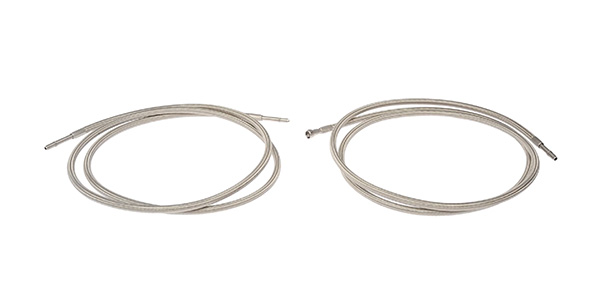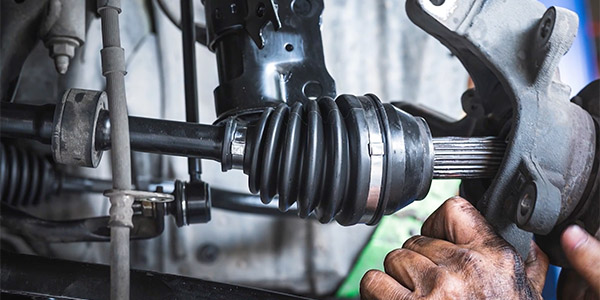CC:
For many of you south of the I-40 corridor, the idea of failed fuel lines caused by corrosion may seem incredible. For those of us in the north, however, corrosion is a real nightmare.
As vehicles are lasting longer, the chances the fuel lines will spring a leak are increasing. The main reason metal fuel lines fail is corrosion, but most corrosion starts when abrasive materials start to remove the paint or coating on the line. This can occur at a mounting bracket or from debris kicked up from the tire.
One of the most common culprits in causing corrosion is the anti-icing solution – or brine – that contains magnesium or calcium chloride. These chemicals are said to be much less corrosive to steel than road salt but they can actually become a conductor of electricity.
Brines stick to vehicles long after winter storms have passed and even into summer. They stick to frames, cradles and the tops of fuel tanks. Every time it rains, the brines are reactivated and start to corrode vehicle components.
A vehicle’s fuel lines are routed so that, in case of an accident, the lines are not in a crumple zone. This is why fuel lines are not run through a rocker panel.
The National Highway Traffic Safety Administration set the bar high for fuel system integrity with FMVSS 301. The 30 mph and 50 mph tests require that no more than 1 ounce of fuel should leak from a vehicle during impact and no more than 5 ounces of fuel should leak five minutes after the vehicle has come to rest. This standard is the reason why you should offer an easy reliable safe solution to fuel line replacement.
Replacing a corroded fuel line is often a frustrating job. Original equipment fuel lines may be difficult to re-route under the vehicle. And while braided steel fuel lines are available in pieces or in bulk, they still can require significant work to get them ready for installation.
Dorman’s OE FIX lines are flexible stainless steel, already cut to the exact application-specific length, and include all necessary brackets and connectors.
In addition to being the correct length, they’re flexible, so it’s easier to route than a rigid line, saving replacement time and labor costs.
The high-strength, corrosion-resistant, stainless steel protects the nylon hose inside for reliable longevity in any application.
Whatever roads are outside your shop, your customers’ vehicles may face fuel line replacement. Now you can offer a solution that will satisfy their needs and maximize your technicians’ efficiency.
Thanks for watching.
This video is sponsor














